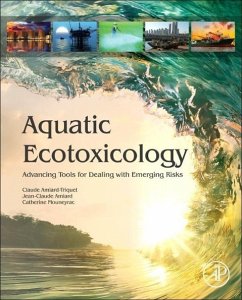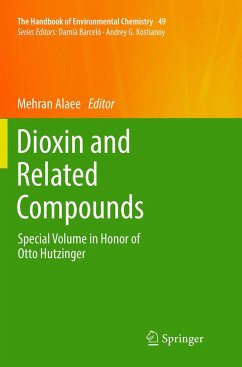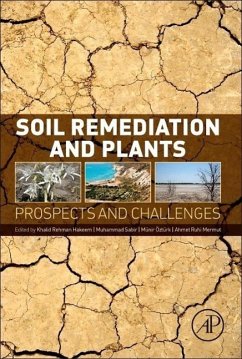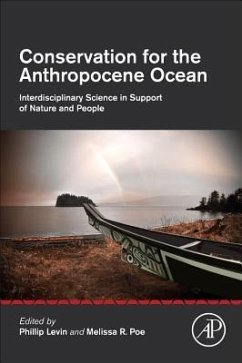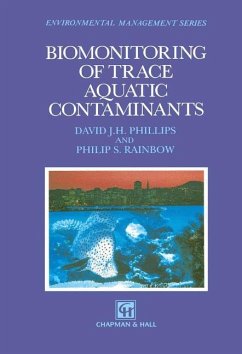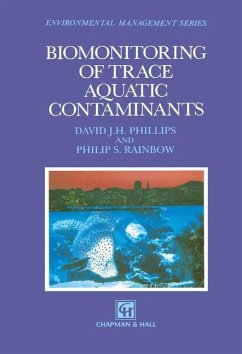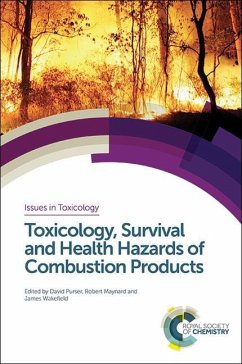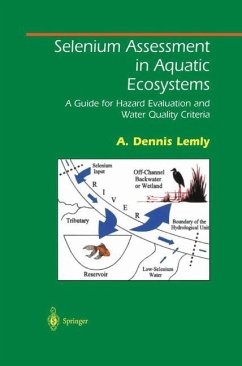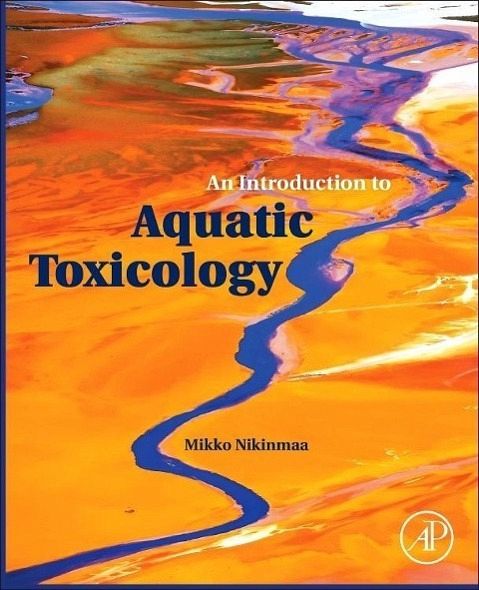
An Introduction to Aquatic Toxicology

PAYBACK Punkte
32 °P sammeln!
An Introduction to Aquatic Toxicology is an introductory reference for all aspects of toxicology pertaining to aquatic environments. As water sources diminish, the need to understand the effects that contaminants may have on aquatic organisms and ecosystems increases in importance. This book will provide you with a solid understanding of aquatic toxicology, its past, its cutting-edge present and its likely future.An Introduction to Aquatic Toxicology will introduce you to the global issue of aquatic contamination, detailing the major sources of contamination, from where they originate, and the...
An Introduction to Aquatic Toxicology is an introductory reference for all aspects of toxicology pertaining to aquatic environments. As water sources diminish, the need to understand the effects that contaminants may have on aquatic organisms and ecosystems increases in importance. This book will provide you with a solid understanding of aquatic toxicology, its past, its cutting-edge present and its likely future.
An Introduction to Aquatic Toxicology will introduce you to the global issue of aquatic contamination, detailing the major sources of contamination, from where they originate, and their effects on aquatic organisms and their environment. State-of-the-art toxicological topics covered include nanotoxicology, toxicogenomics, bioinformatics, transcriptomics, metabolomics, as well as water management and the toxicological effects of major environmental issues such as algal blooms, climate change and ocean acidification.
This book is intended for anyone who wants to know more about the impact of toxicants on aquatic organisms and ecosystems, or to keep up to date with recent and future developments in the field.
An Introduction to Aquatic Toxicology will introduce you to the global issue of aquatic contamination, detailing the major sources of contamination, from where they originate, and their effects on aquatic organisms and their environment. State-of-the-art toxicological topics covered include nanotoxicology, toxicogenomics, bioinformatics, transcriptomics, metabolomics, as well as water management and the toxicological effects of major environmental issues such as algal blooms, climate change and ocean acidification.
This book is intended for anyone who wants to know more about the impact of toxicants on aquatic organisms and ecosystems, or to keep up to date with recent and future developments in the field.




